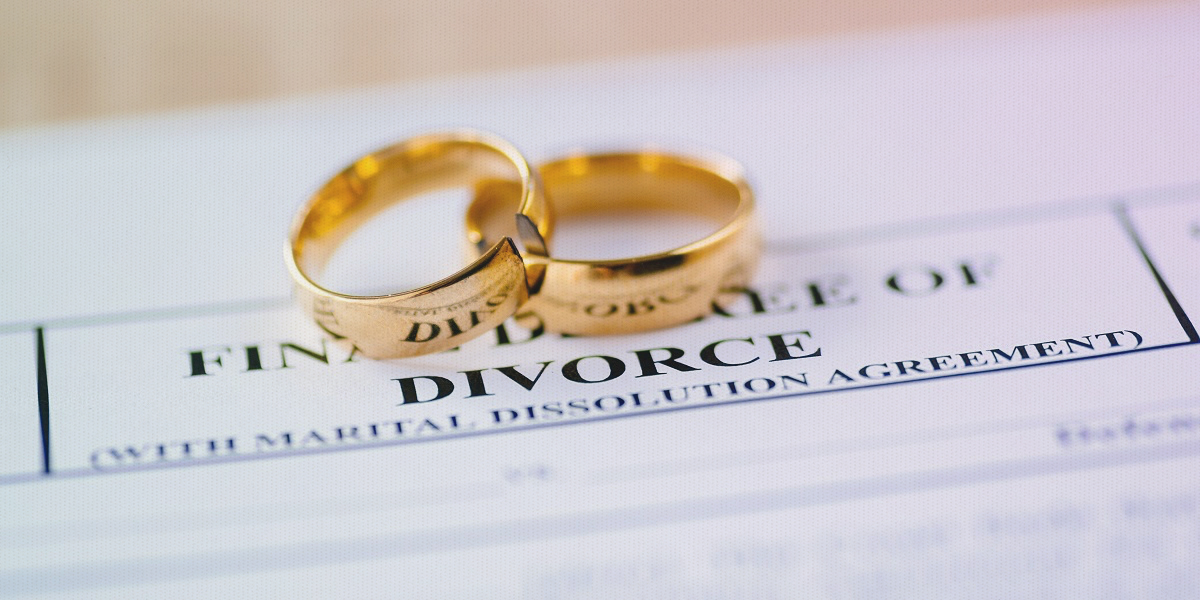
If you have a 2-year green card, you're not actually renewing it — you must file to remove conditions with U.S. Citizenship and Immigration Services (USCIS). Conditional residents are immigrants who obtained a 2-year green card through marriage to a U.S. citizen or through a financial investment. While the rights and privileges of a conditional resident are very similar to a lawful permanent resident (10-year green card holder), the statuses are very different. In fact, renewing a green card after 2 years isn't possible. The legal process for conditional residents has significance.
Why Your Green Card is Valid for Only 2 Years
Can You Renew a 2-Year Green Card?
How to Remove Conditions and Keep Your Green Card
What If You’re Divorced or Separated?
Don't Confuse It with a 10-Year Green Card Renewal
How CitizenPath Helps
When Condition Residents May Use Form I-90
Frequently Asked Questions
Why Your Green Card is Valid for Only 2 Years
If your green card is only valid for 2 years, that means you are a conditional permanent resident.
This status is most common when someone gets a green card through marriage and the couple has been married less than 2 years at the time of approval. It can also apply to investors under the EB-5 visa program, but most people in this situation received their green card through a spouse.
The U.S. government gives you conditional status as a way to verify your marriage is real and not for immigration purposes. Think of it as a trial or probation period. During this time, you have almost all the rights of a permanent resident — but you must prove your marriage is authentic at the end of this 2-year period.
Can You Renew a 2-Year Green Card?
No, you cannot renew a 2-year green card. That’s because your green card is not meant to be permanent yet. Instead of renewing, you must take a different step called removing the conditions.
This is done by filing Form I-751, Petition to Remove Conditions on Residence. If you don’t file it in time, you risk losing your green card status entirely.
Many conditional residents assume it is necessary to “renew” a conditional green card, but the correct legal process is removal of conditions, not renewal.
How to Remove Conditions and Keep Your Green Card
If you received your green card through marriage, here’s what to do:
Know When to File Form I-751
In general, you must file Form I-751 during the 90-day period before your green card expires. Although there are exceptions, filing too early or too late can cause problems.
Example: If your green card expires on December 1, you can file between approximately September 2 and December 1.
File Jointly with Your Spouse (If Possible)
Most people file Form I-751 together with their spouse, showing that you are still married and living together. You’ll need to submit:
- Prepared Form I-751 with filing fee
- A copy of the front and back of your green card
- Proof that your marriage is real (see next section)
CitizenPath's Removal of Conditions Petition Package will guide you through this process. It's an affordable service to help make sure you do everything correctly.
Include Evidence of a Bona Fide Marriage
This is where many people feel overwhelmed, but it doesn’t have to be difficult. You just need to show that your relationship is genuine.
Examples of strong evidence include but are not limited to:
- Joint bank account statements
- Mortgage or lease agreements
- Birth certificates of children born to you and your spouse
- Photos together over the years
- Utility bills with both names
The more documentation, the better. USCIS wants to see a real life built together.
Track Your Receipt and Extension
After filing, USCIS will mail you a receipt notice. This document extends your conditional green card for 48 months beyond the expiration date. I-751 processing times are lengthy — it will likely take over a year. However, you can use this notice, along with your expired green card, to travel and prove you are still a lawful resident.
You can use the receipt number to track your case. Finally, once approved, USCIS will mail you a 10-year green card.
What If You’re Divorced or Separated?
Even with the best intentions, sometimes marriage doesn't work out. If your marriage has ended, you may still be eligible to remove conditions by requesting a waiver.
You can file Form I-751 on your own (without your spouse) if you:
- Are a widow or widower who entered into your marriage in good faith;
- Entered into a marriage in good faith, but the marriage ended through divorce or annulment; or
- Entered into a marriage in good faith, but either you or your child were battered or subjected to extreme hardship by your U.S. citizen or permanent resident spouse.
In these cases, you’ll need to provide more detailed documentation and explain your situation carefully. It's critical that you submit strong evidence you entered the marriage with geniune intentions.
Don't Confuse It with a 10-Year Green Card Renewal
It’s easy to get confused between the 2-year conditional green card and the 10-year permanent green card. Here’s a simple comparison:
| 2-Year Green Card | 10-Year Green Card | |
|---|---|---|
| USCIS Form | Form I-751 | Form I-90 |
| Based on | Marriage less than 2 years | Most other paths (or after conditions removed) |
| Renewal Allowed? | No | Yes |
| Action Required | Remove conditions | Renew expiring card |
| Filing Timeline | Within 90 days before expiration | Up to 6 months before expiration |
How CitizenPath Helps
CitizenPath offers an affordable, easy-to-use service that helps applicants and petitioners prepare USCIS forms correctly. Our online platform helps you:
- Prepare Form I-751 in about 15 minutes
- Get alerts for missing info or potential problems
- Avoid costly attorney fees
- Download ready-to-sign forms and customized filing instructions with a list of supporting documents
You don’t have to do this alone. Thousands of immigrants trust CitizenPath to file their I-751 with confidence. Try it now »
When Condition Residents May Use Form I-90
As previously explained, renewing green card after 2 years is actually a process known as removing the conditions on residence. A 2-year green card cannot be renewed.
Lawful permanent residents with a 10-year green card use Form I-90, Application to Replace Permanent Resident Card, when it’s time to renew a green card. A conditional resident should never use Form I-90 to renew a green card. However, there are cases that a conditional resident may use Form I-90.
A conditional resident may use Form I-90 to replace a green card. A conditional resident may use Form I-90 to replace a green card if the card:
- Was lost, stolen, mutilated or destroyed
- Has incorrect data
- Was issued but never received
- Contains a name or other biographic information that has legally changed
By now you understand that there is no such thing as renewing green card after 2 years. A conditional 2-year green card holder must petition to have the conditions on residence removed so that a 10-year permanent resident card can be obtained.
Frequently Asked Questions
Still have questions about renewing green card after 2 years? You’re not alone. Here are answers to some of the most common concerns people have when trying to understand the process of removing conditions and keeping their green card status.
Want more immigration tips and how-to information for your family?
Sign up for CitizenPath’s FREE immigration newsletter and
SAVE 10%
on our immigration services






